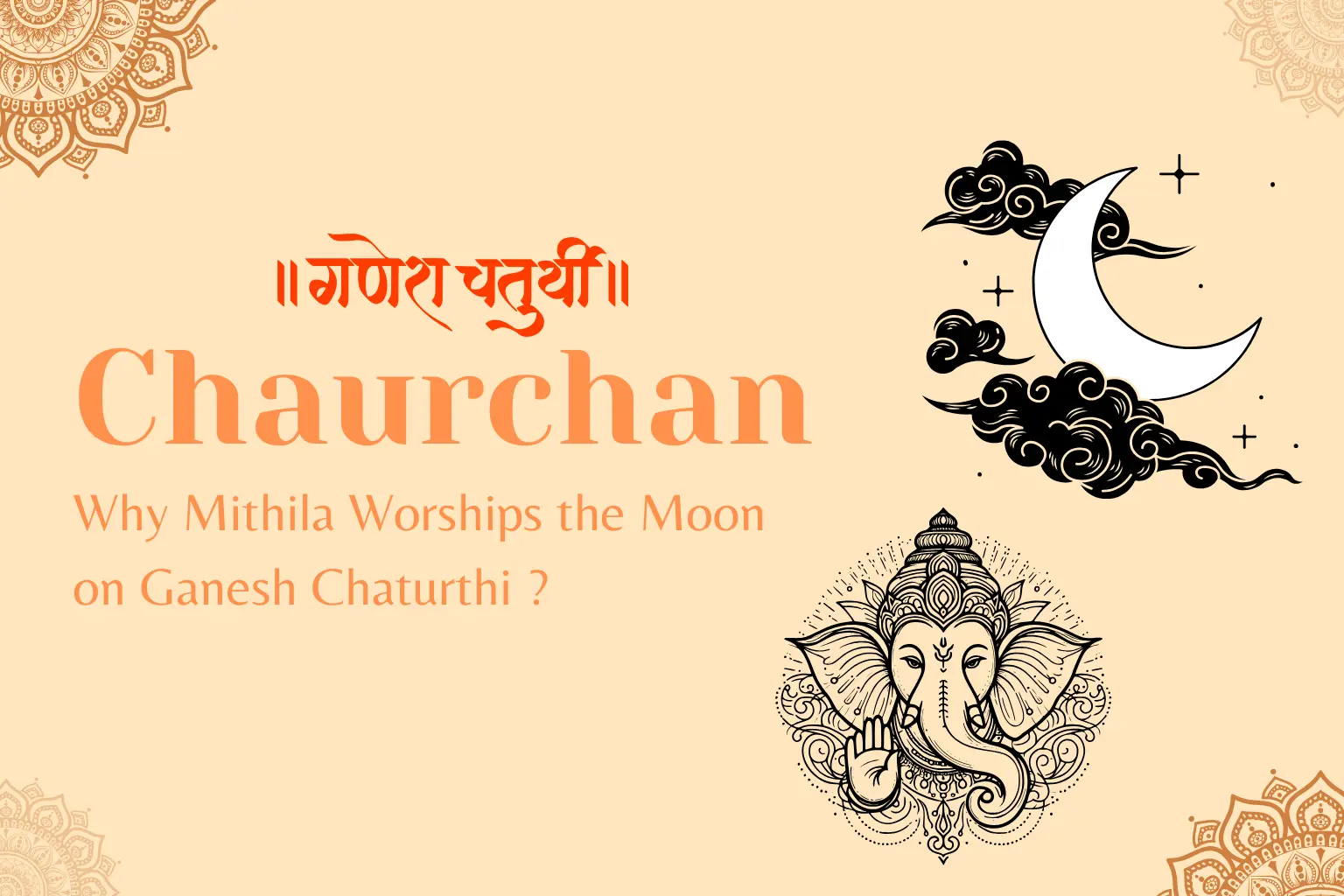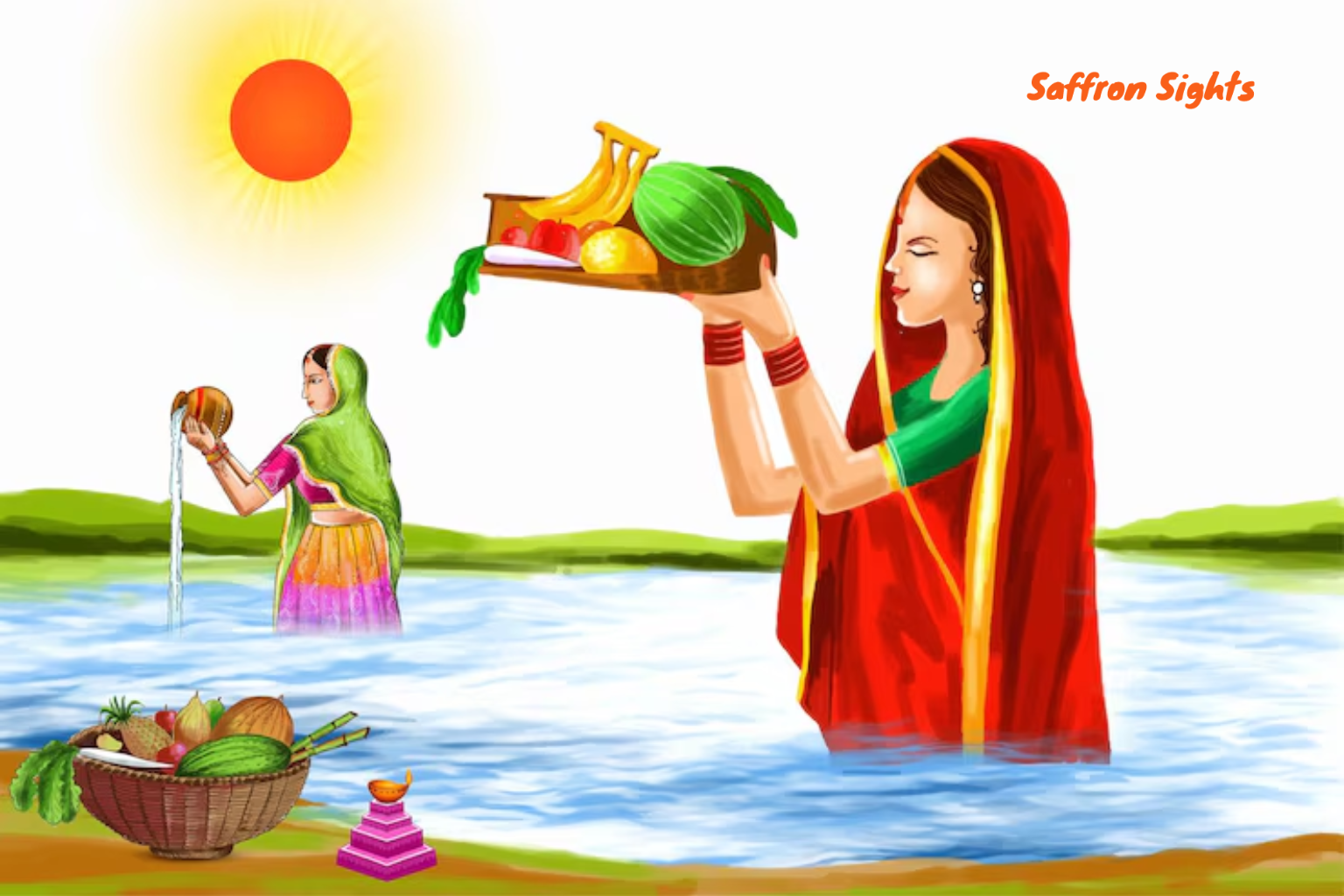Once upon a time, in a small, peaceful town called Pawapuri in Bihar, there was a magical temple. But this wasn’t just any temple—it was a temple that floated on water! Yes, you heard that right. No boats, no bridges (well, almost), just a stunning white marble temple sitting in the middle of a sparkling lake like a jewel.
Welcome to Jal Mandir, where even the fish might be meditating! If you’ve ever dreamed of visiting a place that’s equal parts peaceful, pretty, and a little bit magical, this is it. And spoiler alert: the lotuses here are so gorgeous, they might just photobomb your vacation selfies!
A Temple That Defies Gravity (Almost)
Picture this: a shiny white temple, surrounded by bright red lotuses, sitting smack in the middle of a calm lake. It looks like something straight out of a fairy tale, but it’s real! The temple is built on Kundsarika Lake, which has a super cool backstory.
Legend has it that this lake was created to hold the ashes of Lord Mahavira, a super important figure in Jainism, after he achieved Moksha (that’s a fancy word for liberation) here around 527 BC. So, this place isn’t just pretty—it’s packed with history and spirituality.
Fun Fact:
The temple is shaped like a chariot because it symbolizes the journey to spiritual freedom. Even the architecture is dropping life lessons!
A History Lesson, But Way More Fun
The story of Jal Mandir goes way back to the 5th century AD. It was built by King Nandivardhan, who happened to be Lord Mahavira’s big brother. The temple marks the exact spot where Lord Mahavira’s last rites were performed.
Inside the temple, you’ll find Charan Paduka—footprints of Lord Mahavira. These footprints are like a reminder of his teachings and his eternal presence. Visiting this temple is like stepping into a time machine and experiencing the rich history of Jainism.
Fun Fact:
The temple is so old, even the lotuses might be whispering ancient secrets!
Architecture That Will Make Your Jaw Drop
The first thing you’ll notice about Jal Mandir is how stunning it looks. The temple is made entirely of white marble and has a circular shape. It’s connected to the shore by a 600-foot-long stone bridge. Walking on this bridge feels like you’re floating on water (don’t worry, it’s safe!).
The temple’s design is inspired by a Vimana, which is a fancy word for a chariot. It symbolizes the journey toward spiritual freedom. Inside, the atmosphere is so calm, you might forget the outside world exists.
Fun Fact:
The temple’s marble is so shiny, it probably moonlights as a mirror for the fish!
Peace, Quiet, and Lotuses Galore
If you’re the kind of person who loves peace and quiet, Jal Mandir is your dream destination. The moment you step onto the marble causeway, you’ll feel a wave of calm wash over you. The sound of water gently lapping against the temple walls, the sight of blooming lotuses, and the soft rustling of leaves create the perfect vibe for meditation.
Many visitors say their trip to Jal Mandir feels like a mini spiritual retreat. Whether you’re a Jain follower or just someone looking for a break from the chaos of life, this place has something for everyone.
Fun Fact:
The lotuses here are so beautiful, they might just inspire you to write poetry. Or at least a really good Instagram caption!
Festivals: When the Temple Throws a Party
If you visit during festivals like Mahavir Jayanti (Lord Mahavira’s birthday) or Paryushana (a festival of forgiveness), you’re in for a treat. The temple gets decorated with flowers and lights, and the air is filled with prayers and hymns.
Pilgrims from all over the world come here to celebrate, and the energy is so joyful, you can’t help but smile.
Fun Fact:
During festivals, the temple is so lit (literally), it might just outshine your Christmas decorations!
Pawapuri: More Than Just the Temple
While Jal Mandir is the star of the show, Pawapuri has more to offer. The town is surrounded by lush greenery, forests, and even hot springs. These hot springs are believed to have healing powers, so a dip here might just make you feel like a superhero.
Fun Fact:
The hot springs are so relaxing, even the fish might be jealous!
How to Get There
Getting to Jal Mandir is easier than you think:
- By Air: Fly to Patna Airport, then take a cab or bus to Pawapuri.
- By Train: The nearest station is Rajgir, just 15 km away.
- By Road: Pawapuri is well-connected by roads to cities like Patna and Gaya.
When to Visit
The best time to visit is during winter (October to February) when the weather is cool and perfect for exploring. If you love greenery, monsoon (July to September) is also a great time.
Fun Fact:
The lotuses bloom so beautifully in monsoon, even the frogs might stop croaking to admire them!
Why You Should Visit Jal Mandir
Jal Mandir isn’t just a temple—it’s a sanctuary for your soul. With its rich history, stunning architecture, and peaceful vibes, it’s the perfect escape from the hustle and bustle of everyday life.
So, what are you waiting for? Pack your bags, grab your camera, and get ready to explore this magical floating temple. Trust me, it’s an experience you’ll never forget!
Fun Fact:
Visiting Jal Mandir might just make you so peaceful, you’ll forget to check your phone for hours. Now that’s magic!
Have you been to Jal Mandir? Share your stories below! If not, what are you most excited about? Let’s chat and inspire each other to explore this beautiful world!
Frequently Asked Questions
What is Jal Mandir, and where is it located?
Jal Mandir is a white marble Jain temple situated in the middle of Kundsarovar Lake in Pawapuri, Bihar.
Why is Jal Mandir significant in Jainism?
It marks the site where Lord Mahavira attained Moksha and where his last rites were performed.
What is unique about Jal Mandir’s architecture?
The temple is made of white marble, shaped like a chariot, and appears to float on water, connected to the shore by a 600-foot stone bridge.
How can I reach Jal Mandir?
The nearest railway station is Rajgir (15 km away), and the closest airport is Patna. It is also accessible by road from major cities like Patna and Gaya.
What is the best time to visit Jal Mandir?
The ideal time to visit is from October to February when the weather is pleasant. The monsoon season (July-September) also offers beautiful blooming lotuses.
Are there any festivals celebrated at Jal Mandir?
Major Jain festivals like Mahavir Jayanti and Paryushana are celebrated with grand decorations, prayers, and spiritual gatherings.
Can non-Jains visit Jal Mandir?
Yes, the temple welcomes visitors of all faiths who wish to experience its beauty and tranquility.
Is there an entry fee for Jal Mandir?
No, there is no entry fee for visiting Jal Mandir.
What other attractions can be explored near Jal Mandir?
Pawapuri has lush greenery, forests, and hot springs known for their healing properties.
Is photography allowed inside Jal Mandir?
Photography is generally allowed, but it’s advisable to check with local authorities before taking pictures inside the temple.





Leave a Reply